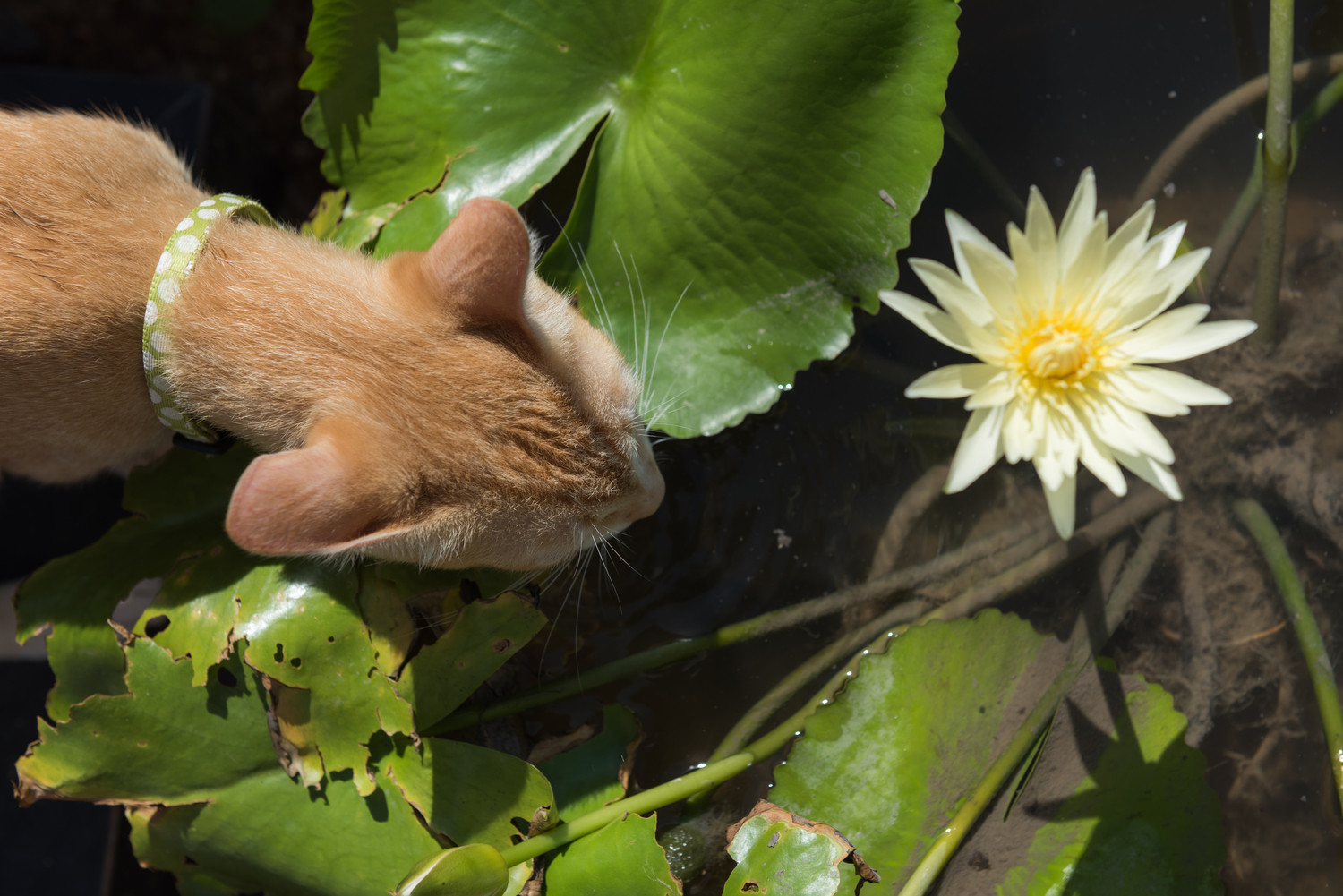
The Top Toxic Plants for Cats
Bringing beautiful blooms and green ferns indoors can improve the air quality in your home, and bring a little bit of nature inside to boost mood. However, if you own a cat, you have to be cautious the greenery your bringing into your home won’t harm your beloved pet.
The American Society for the Prevention of Cruelty to Animals (ASPCA) reports over 150,000 cases of pet toxicity annually, most are due to toxic plant ingestion, leading to lethargy, drooling, dehydration, vomiting, and in some cases, death. If you have a cat yet love houseplants, be aware that the following flowers and plants may pose a danger to your cat:
1. Daffodils
This bright yellow flower signals spring in many households. However, daffodils are considered toxic if consumed by cats, according to research from the ASPCA. Daffodils grow from a bulb that contains tiny crystals on the outer layer derived from lycorine, a type of alkaloid, that’s linked to diarrhea, vomiting, drooling, breathing difficulties, abdominal cramps, and heart arrhythmia in cats.
2. Sago palm
Also known as the King Sago, this tree with its lovely feathery foliage is toxic in all aspects to cats. From leaves to seeds, the sago palm accounts for up to 75% cat poisonings per year. In fact, the SPCA deems this plant among the most fatal to cats due to a toxin within, called cycasin. When eaten, all parts of the sago palm will cause symptoms of excessive thirst and urination, blood in feces, diarrhea, yellowing of the skin and gums (icterus), vomiting, depression, paralysis, seizure, coma, permanent liver damage, and in some cases, death.
3. Autumn crocus
Also commonly referred to as the Naked Lady or Meadow Saffron, this entire plant is considered highly toxic to cats. If your cat ingests any part of the autumn crocus severe symptoms including burning of the mouth, bloody diarrhea, excessive drooling, vomiting, gastrointestinal bleeding, seizures, heart palpitations, respiratory failure, liver and kidney damage, and even death may come on suddenly.
4. Lilies of most types
Each year at Easter, pet owners are gifted various lilies, including calla lilies, tiger lilies, red lilies, amaryllis, easter lilies, daylilies, wood or western lilies, lily of the valley, rubrum, asiatic, and Japanese lilies as gifts. However, a large number of lilies are poisonous for cats. Just a few tiny leaves contain enough insoluble oxalate crystals to cause irritation in the throat, tongue, mouth, and esophagus as well as severe dehydration, diarrhea, vomiting, sudden lethargy, kidney failure and death.


